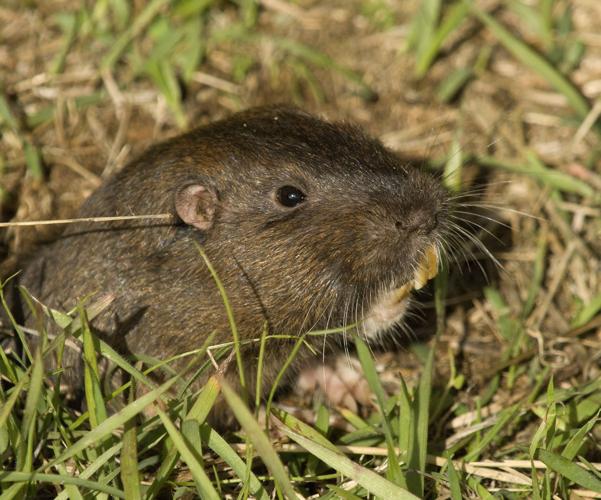Q: My primary question is regarding planting a grass that would be tolerant to the “colder” weather that would not require a re-seeding of rye grass. Would it not be possible to make sure the bermudagrass would stay half way green through the dormant season? Or a different type of grass that would not have to be re-seeded with the rye grass. Also, is it really necessary to water two times a day on the rye seeding at this time?
Answer: The best grass for this part of the world continues to be bermudagrass. It can deal with high sunlight, high air temperatures, salty water/soil, shallow soil and heavy use. Unfortunately, the life cycle of bermudagrass includes going dormant. Think of dormancy as sleep and how it is hard to go without any for very long and remain in good health. Overseeding is optional but it helps keep some green if that is your goal. It also helps keep your lawn thick, which helps shade out weeds. Watering twice per day is recommended for germination. Once it starts growing you can water every other day and then once a week once the temperatures cool down for the winter.
Question: Can you help identify a shrub about 4 to 5 feet high, wide with fuzzy leaves, and a white umbrella flower? This photo shows what appears to be the seedpod.
Answer: It looks like Mexican olive (Cordia boissieri) and confirmed by our friends at the University of Arizona Herbarium. It’s native to southern Texas and can be found in the wild. It isn’t related to actual olives but it produces a similar looking fruit that isn’t palatable to humans but wildlife like them. The flowers are nice though so it makes a suitable landscape shrub/small tree if you have room for something that can grow to 30 feet given the proper accommodations. However, it doesn’t tolerate freezing temperatures.
Q: I have a clean yard, in which I have a few plants and trees, and had a large Mexican primrose that came up by itself. Last week gophers, plural, got the primrose and it disappeared. How did they find it? The ground for more than 40 feet around the primrose is bare and had no gopher mounds of dirt. Nothing, yet the tunnel surfaced an inch from the plant and they proceeded to eat it. I set a trap and killed one gopher overnight, but the next day there was an additional mound and the plant had disappeared. Do they come above ground to scout around at night? I’m mystified.
A: Gophers are nocturnal so it makes sense that you could catch them overnight and lose plants to them at the same time. Their crescent-shaped mounds, tunnels, and plant damage are certainly signs they are present. Many animals find plants by smell and they may have been scouting above ground at night before building that part of the tunnel. While they feed on the roots primarily, they will also take whole plants underground. Continue trapping and try to exclude them from desired plants with hardware cloth buried beneath the beds.
Question: How do I keep cockroaches from invading my house from outside?
Answer: There are many species of cockroaches and only a few of them like to live with humans. For some species, entering your home is an accident and they can be dispatched with a broom. They are nocturnal and attracted to lights, water, food, and shelter. To protect your home, make sure it’s difficult for them to get inside by sealing any holes in the foundation, making sure door sweeps are in good condition, or traps can be used





